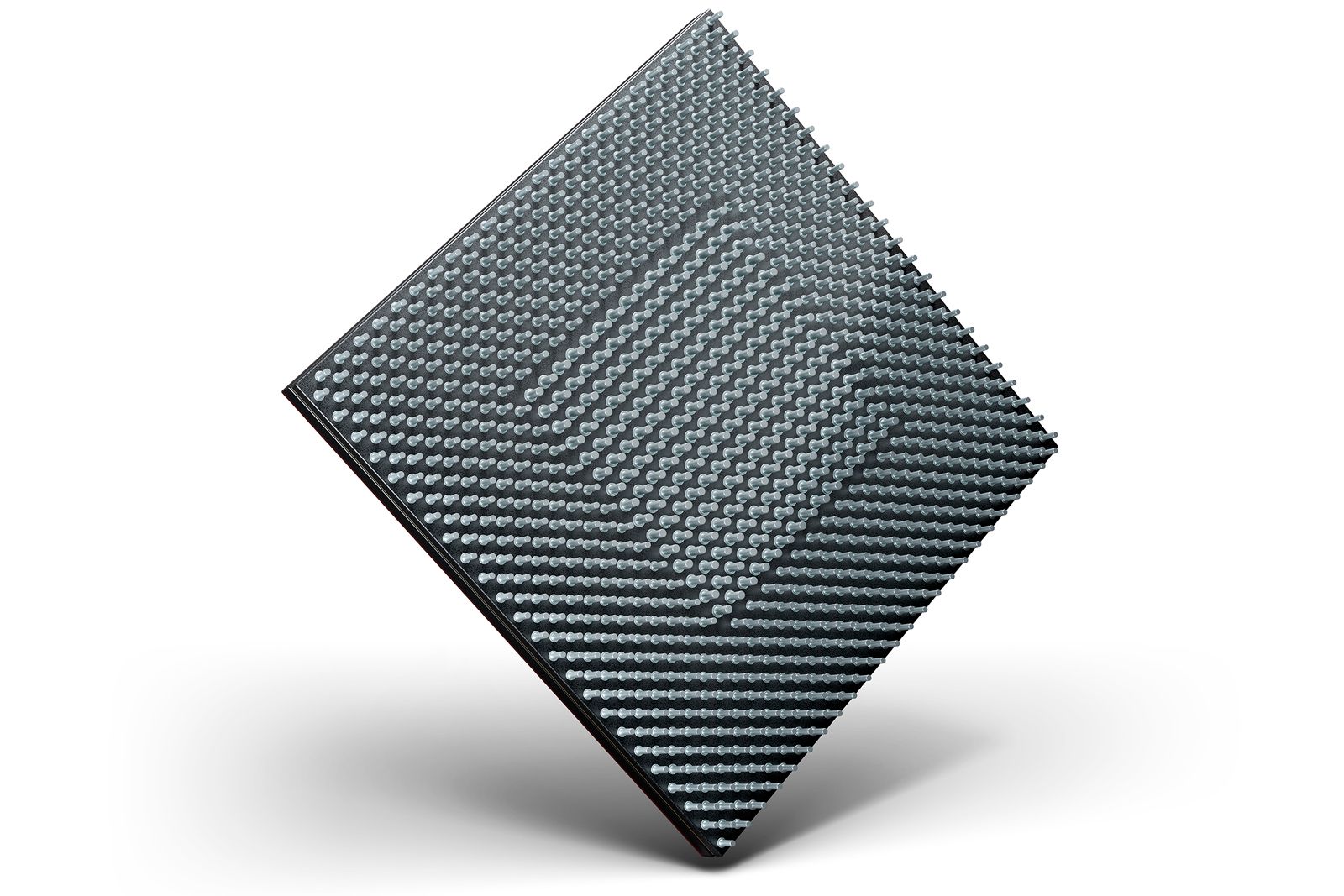Intel's long-awaited 'Lakefield' processors are here, packing wireless, memory and Intel UHD graphics onto the same chip as the CPU.
The intention is that the System-on-Chip (SoC) is similar to ARM-based rivals such as Qualcomm's Snapdragon 8cx and paves the way for more PCs to have integrated cellular network connectivity.
The new chips will appear in foldable and dual-screen thin and light PCs later this year, starting with Lenovo's ThinkPad X1 Fold that we saw at CES 2020 - the first foldable Windows 10 PC to hit the market - but also including the recently-announced Intel version of the Samsung Galaxy Book S. These machines will be capable of running full Windows 10.
The new chips will be known as Intel Core processors with Intel Hybrid Technology, but bizarrely end consumers won't really see a difference in branding (Intel isn't great at marketing these days, you only need to look at Project Athena for that). You'll still only see Intel i3 or i5 branding on devices, even if the chips are lower power than they have been before.
Indeed, so frugal are the chips that they'll consume as little as 2.5mW of standby power - around 90 percent less than a Y-Series Intel Core chip.
The new chips use Intel's previously-announced Foveros CPU packaging process. Put simply, this enables more to be packed in a tighter space - the entire package is 12mm square and uses Intel's 10nm Sunny Cove core. It's a 56 percent smaller package than the Y-Series, for example.
The bottom line is that Foveros paves the way for a new generation of thin-and-light laptops and other devices over the coming years.
There will be two different versions of Intel Core processors with Intel Hybrid Technology available initially, the Core i5-L16G7 and Core i3-L13G4.


